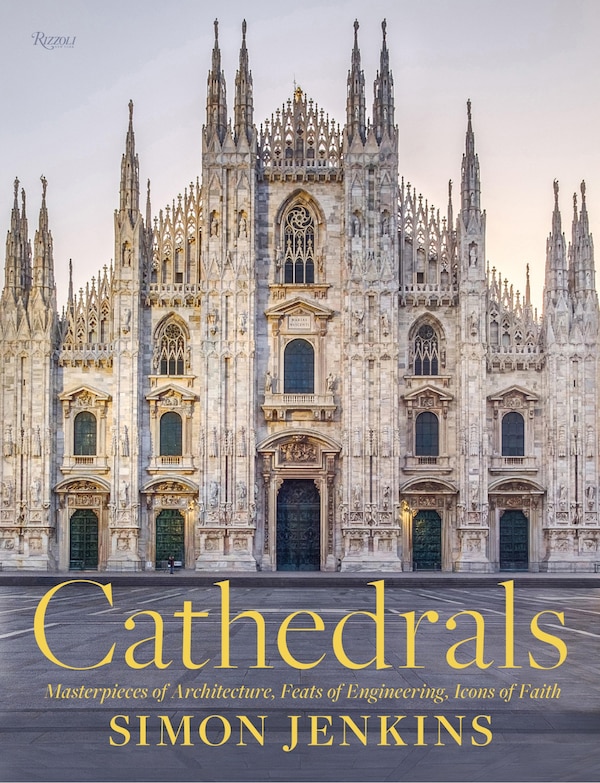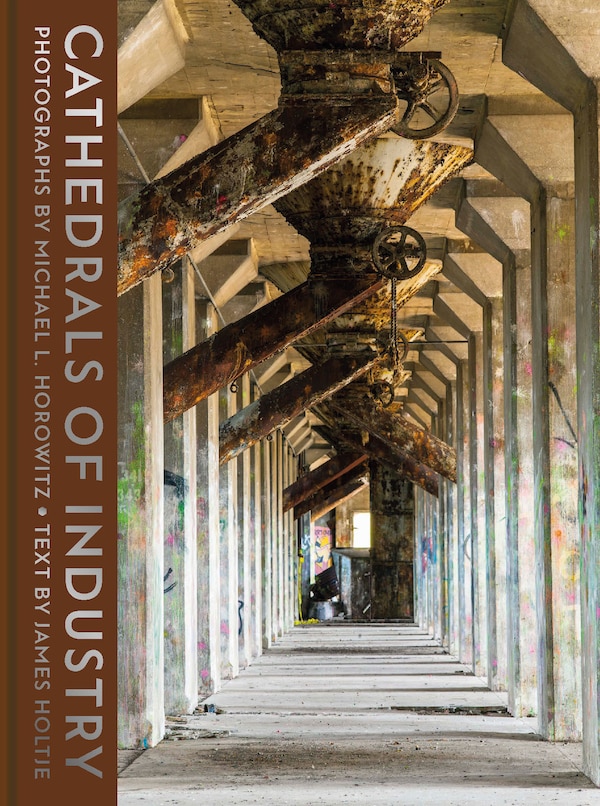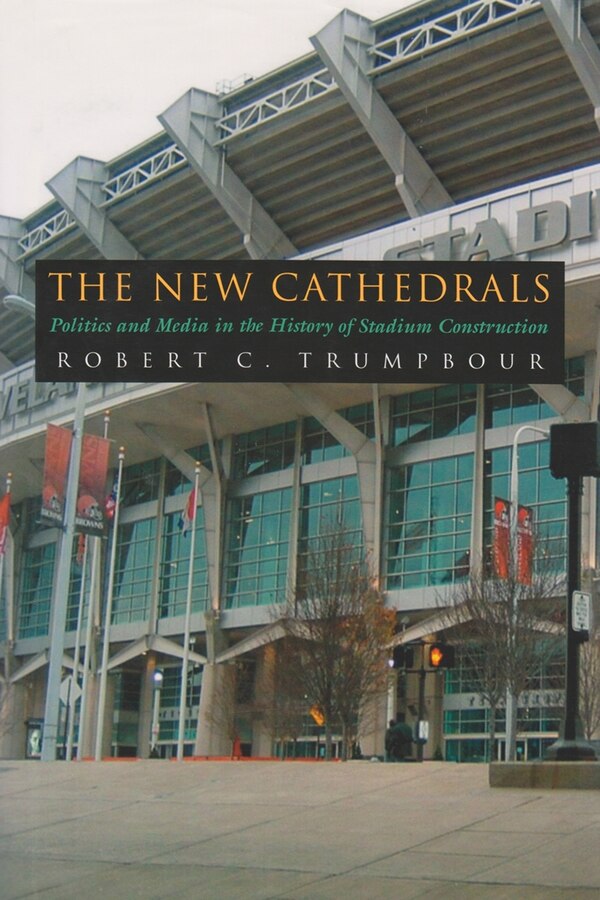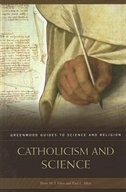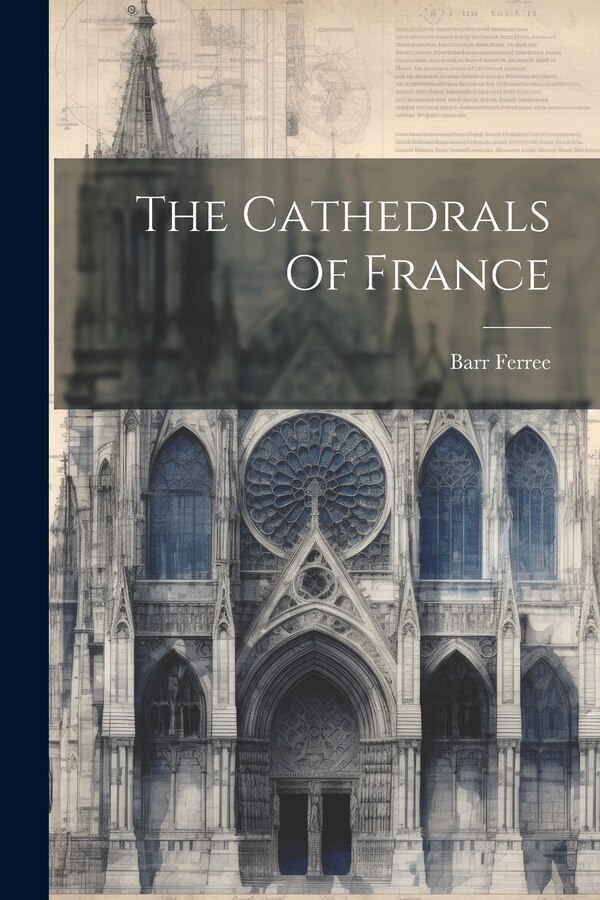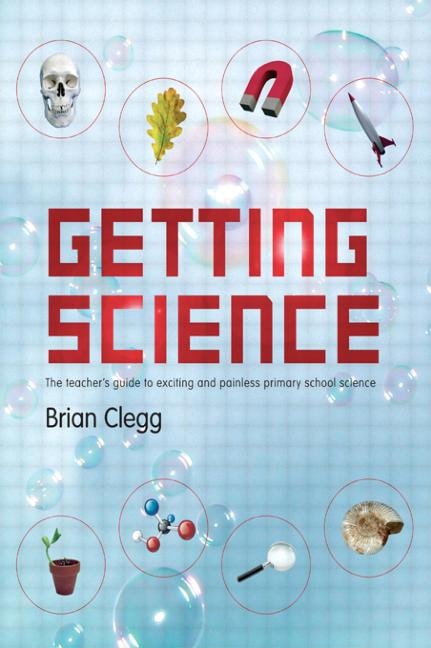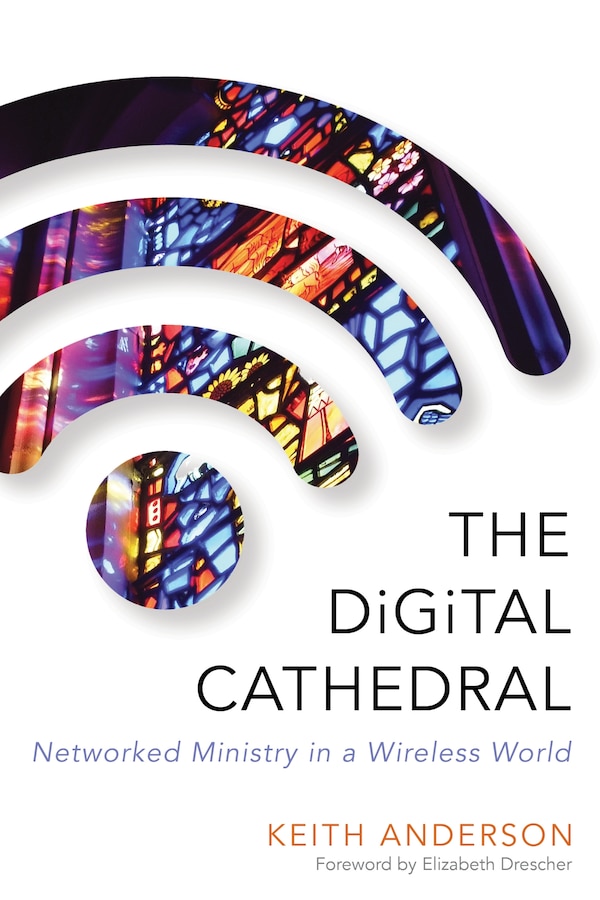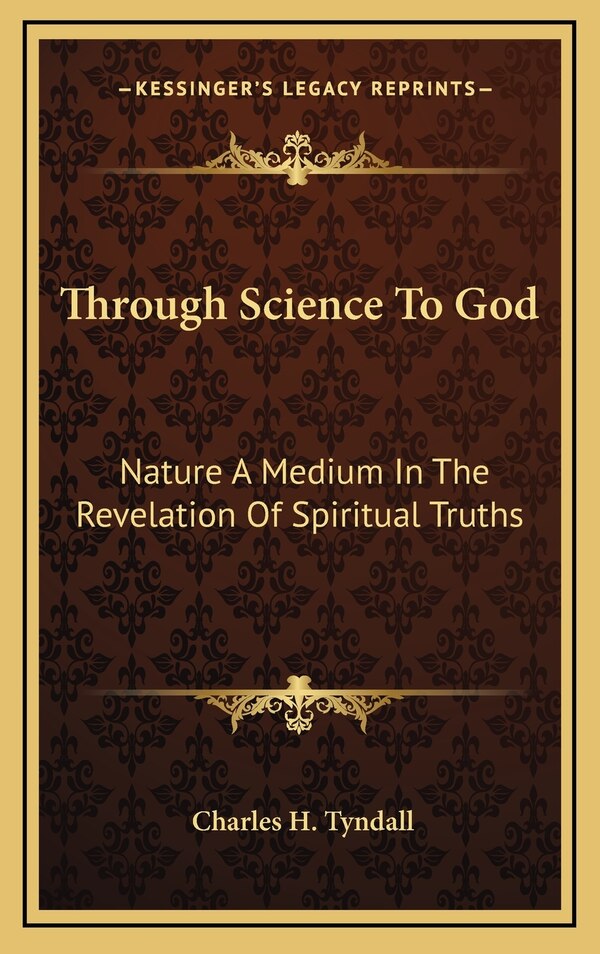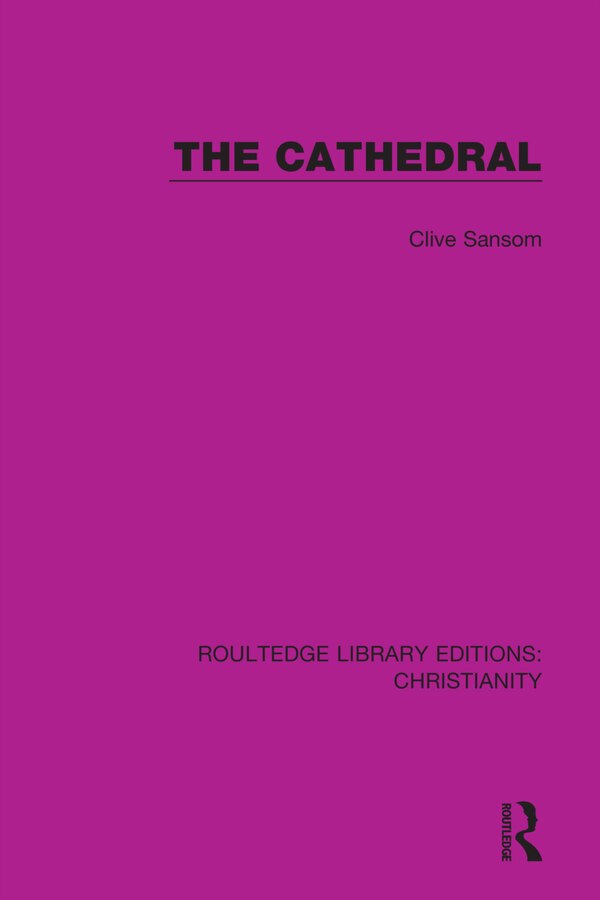
Choice Made Simple!
Too many options?Click below to purchase an online gift card that can be used at participating retailers in Village Green Shopping Centre and continue your shopping IN CENTRE!Purchase Here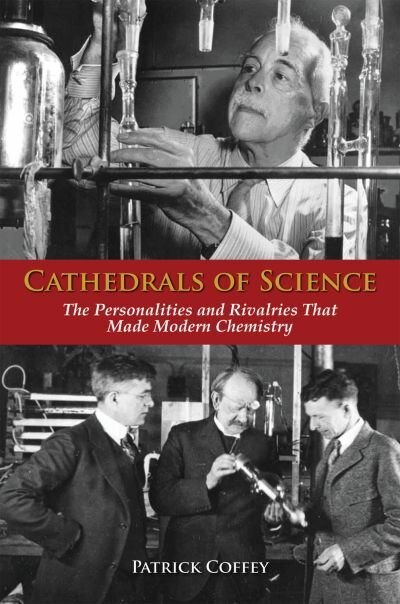
Compare Cathedrals Of Science by Patrick Coffey, Hardcover | Indigo Chapters
Patrick Coffey
$36.50
Cathedrals of Science describes the way modern chemistry was actually built-by scientists who were sometimes all too human. Chemists-Svante Arrhenius, Walther Nernst, Gilbert Lewis, Irving Langmuir, Fritz Haber, Linus Pauling, Glenn Seaborg, Harold Urey, and others-appear in differentcombinations in its chapters, struggling to understand what was driving chemical processes, but not doing so selflessly. They were all concerned with what is called "priority"-the credit for being the first to make a discovery, and all but Lewis eventually won the Nobel prize. They sometimes actedspitefully: Arrhenius managed to block Nernst's Nobel prize for 15 years, and Nernst may have blocked Lewis's completely. World War I was the first war in which scientists were forced to make moral choices about their work. Fritz Haber's synthesis of ammonia from atmospheric nitrogen allowed the Germans to prolong the war for four years. And Haber became known as the "father of chemical warfare," introducingchlorine, phosgene, and mustard gas to the battlefield. Glenn Seaborg and Harold Urey were both leaders in World War II's Manhattan Project. Seaborg later built his career on his successes there, while Urey nearly had a nervous breakdown and dedicated himself to control of nuclear weapons. Paulingtoo became politically active and won the 1963 Nobel peace prize for his work to stop atmospheric nuclear testing. A different sort of ethical issue arose when Hitler came to power in Germany in 1933 and immediately fired all government employees, including the university professors. Haber went into exile and died soon thereafter. Some non-Jewish scientists were principled, like Nernst, who refused to haveanything to do with the Nazis. Some supported the Nazis, and some were happy to take advantage of the professorships opened up by the expulsion of the Jews. | Cathedrals Of Science by Patrick Coffey, Hardcover | Indigo Chapters

